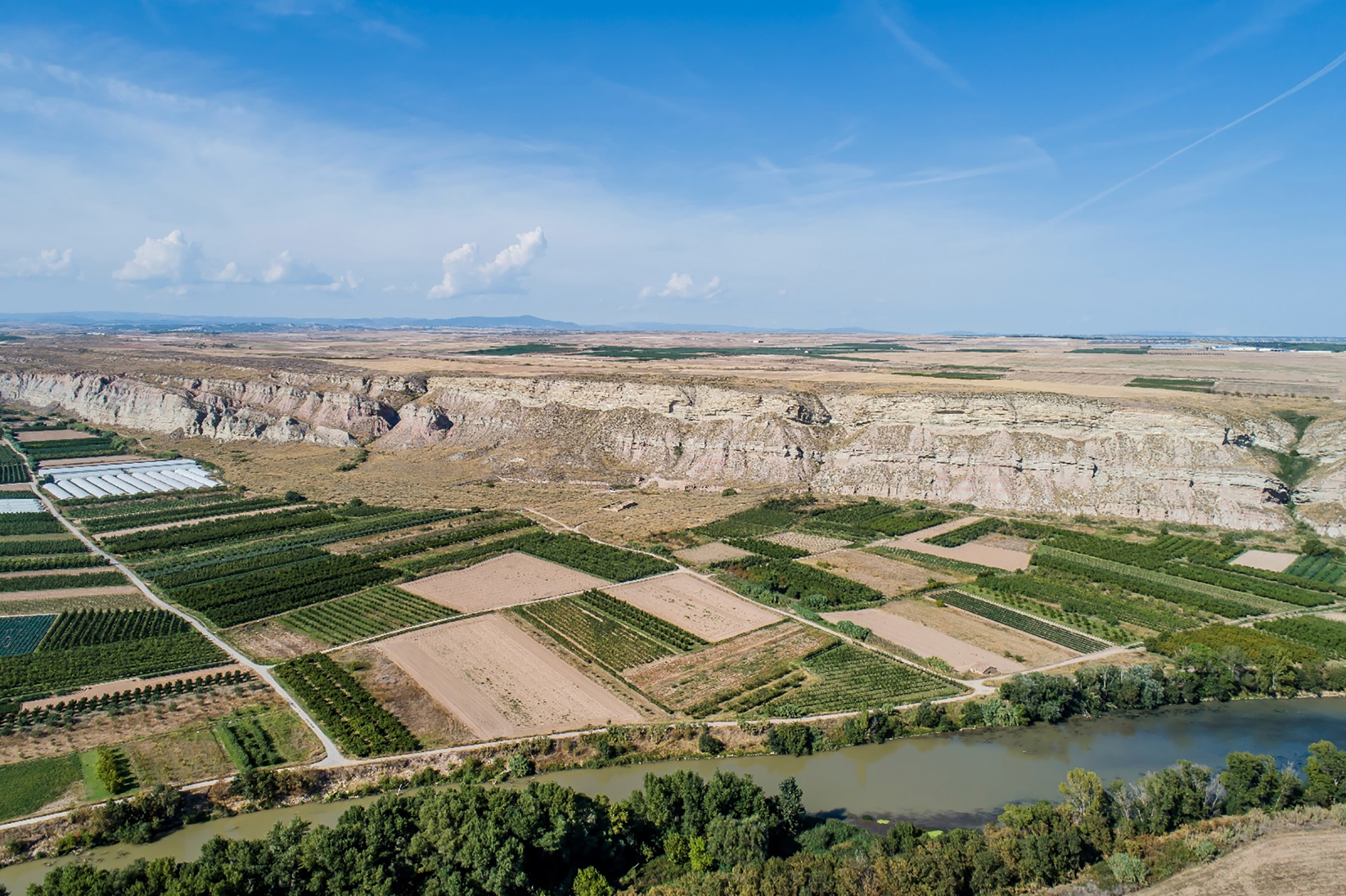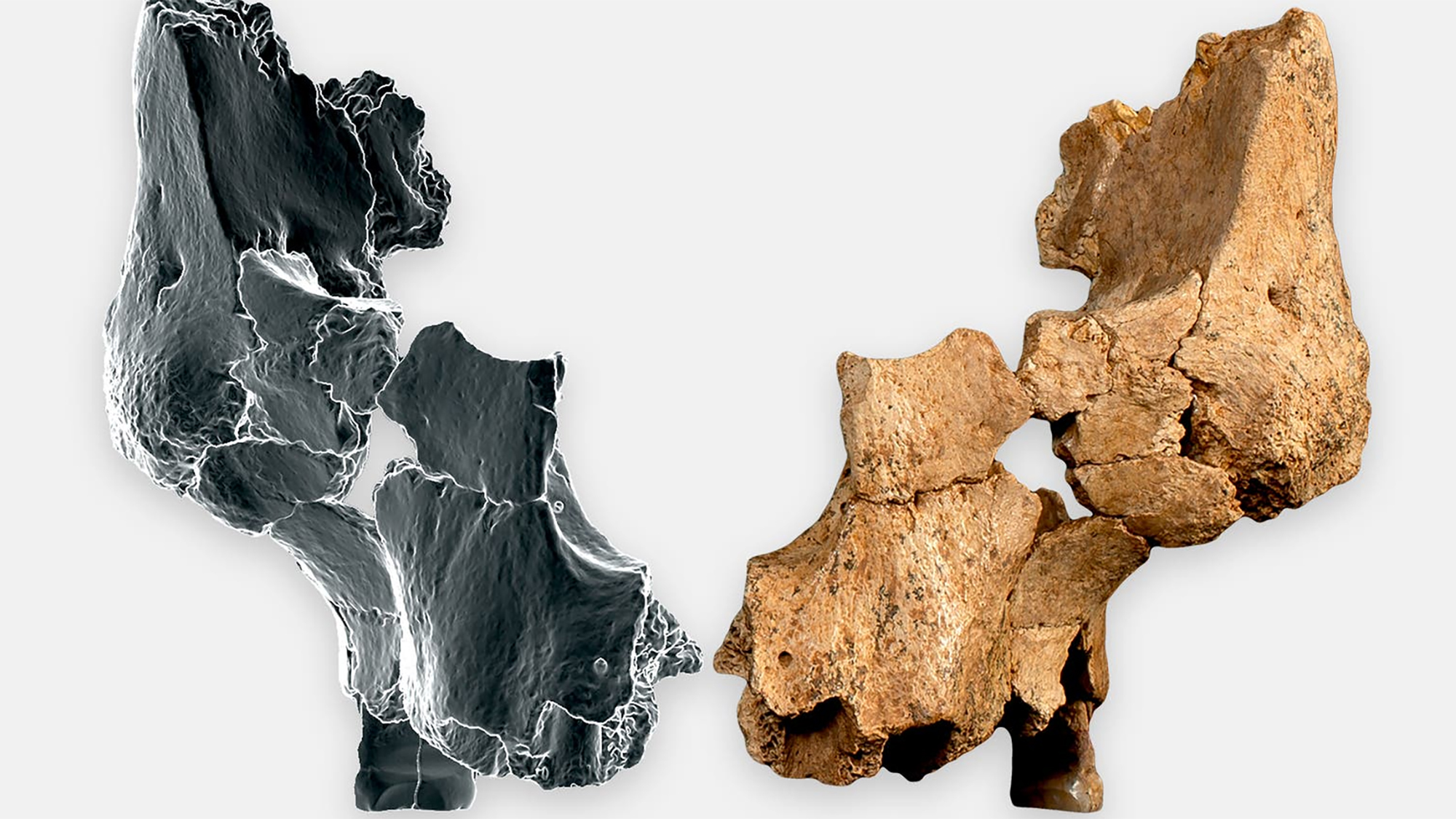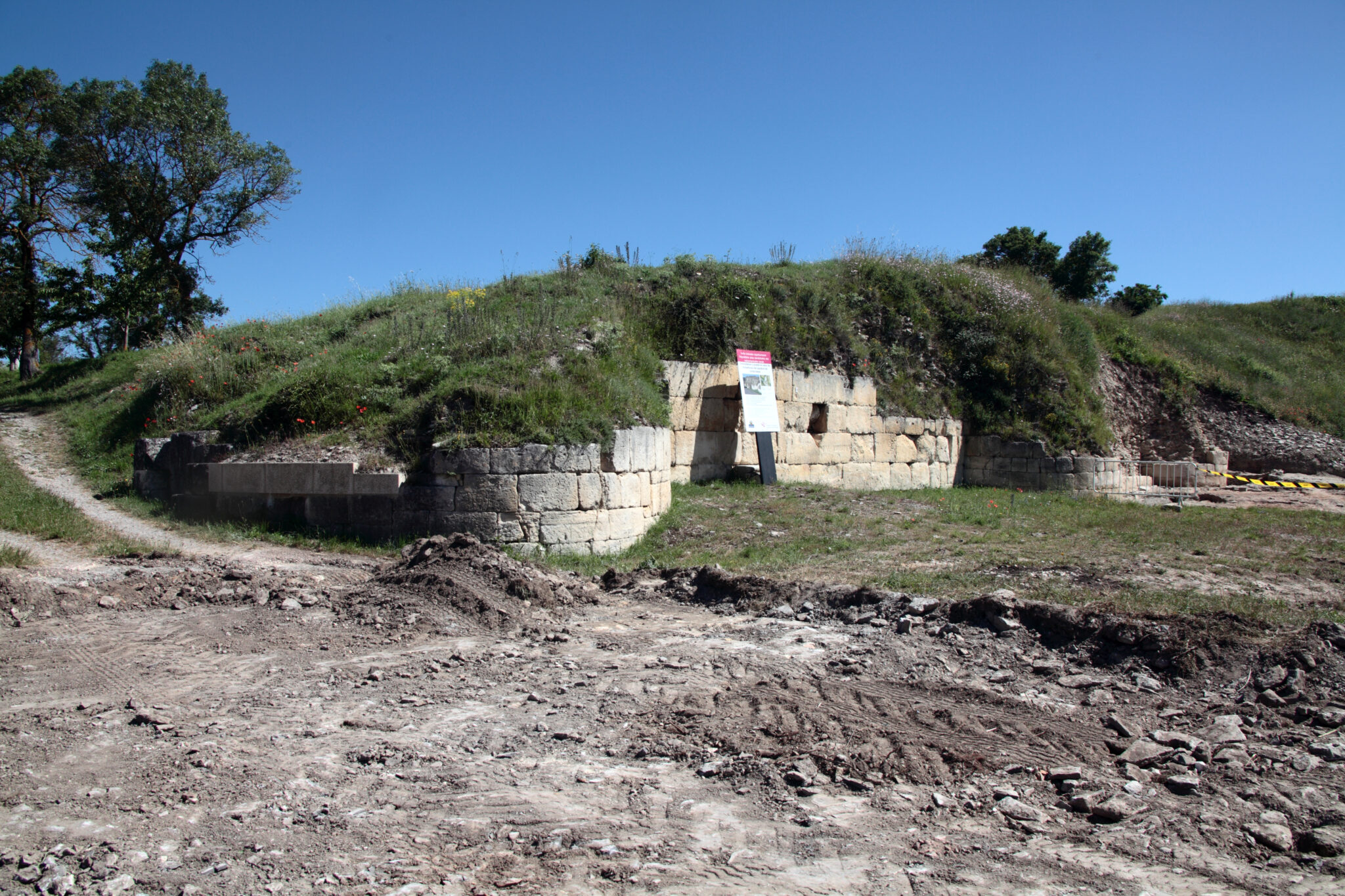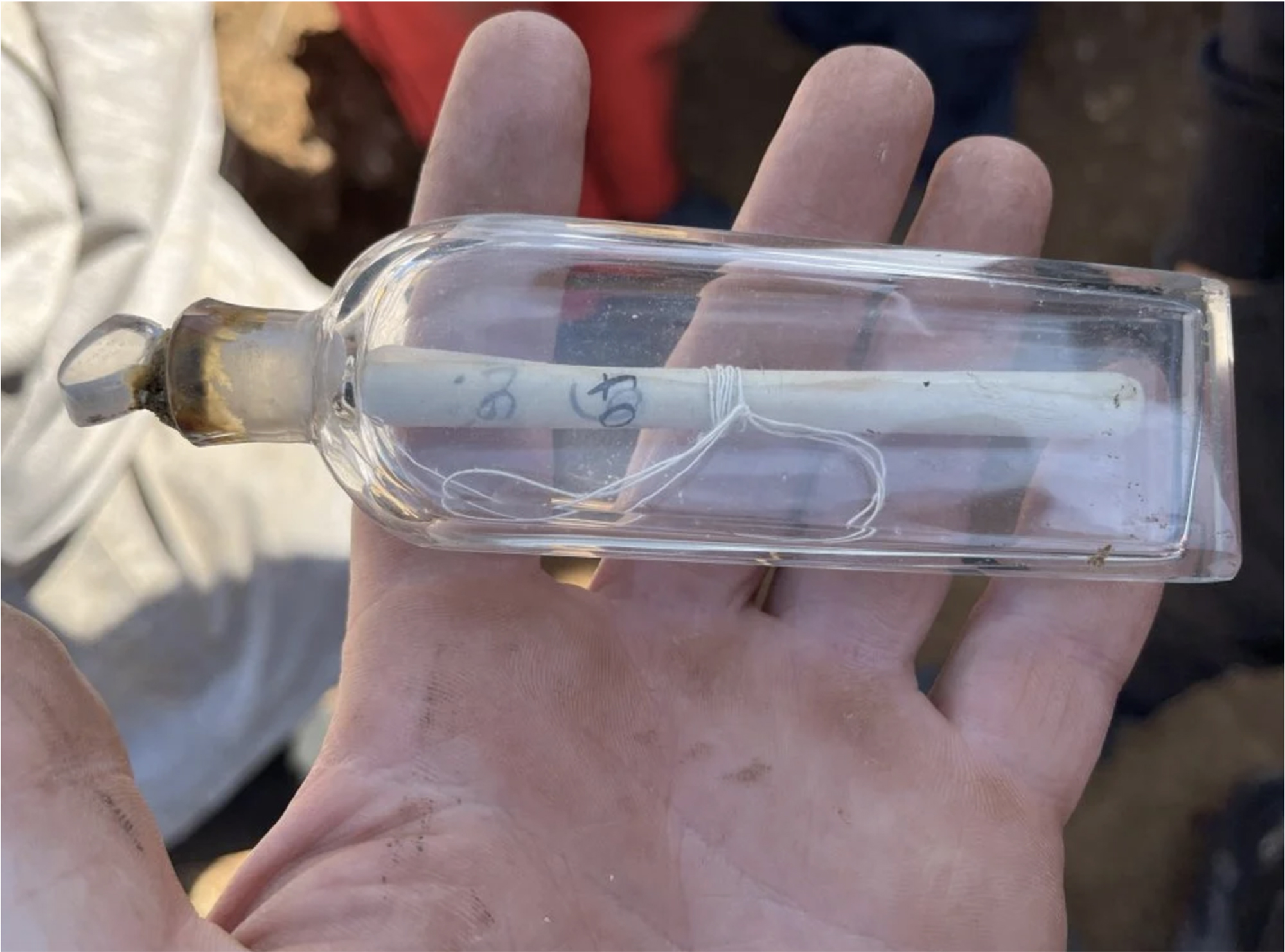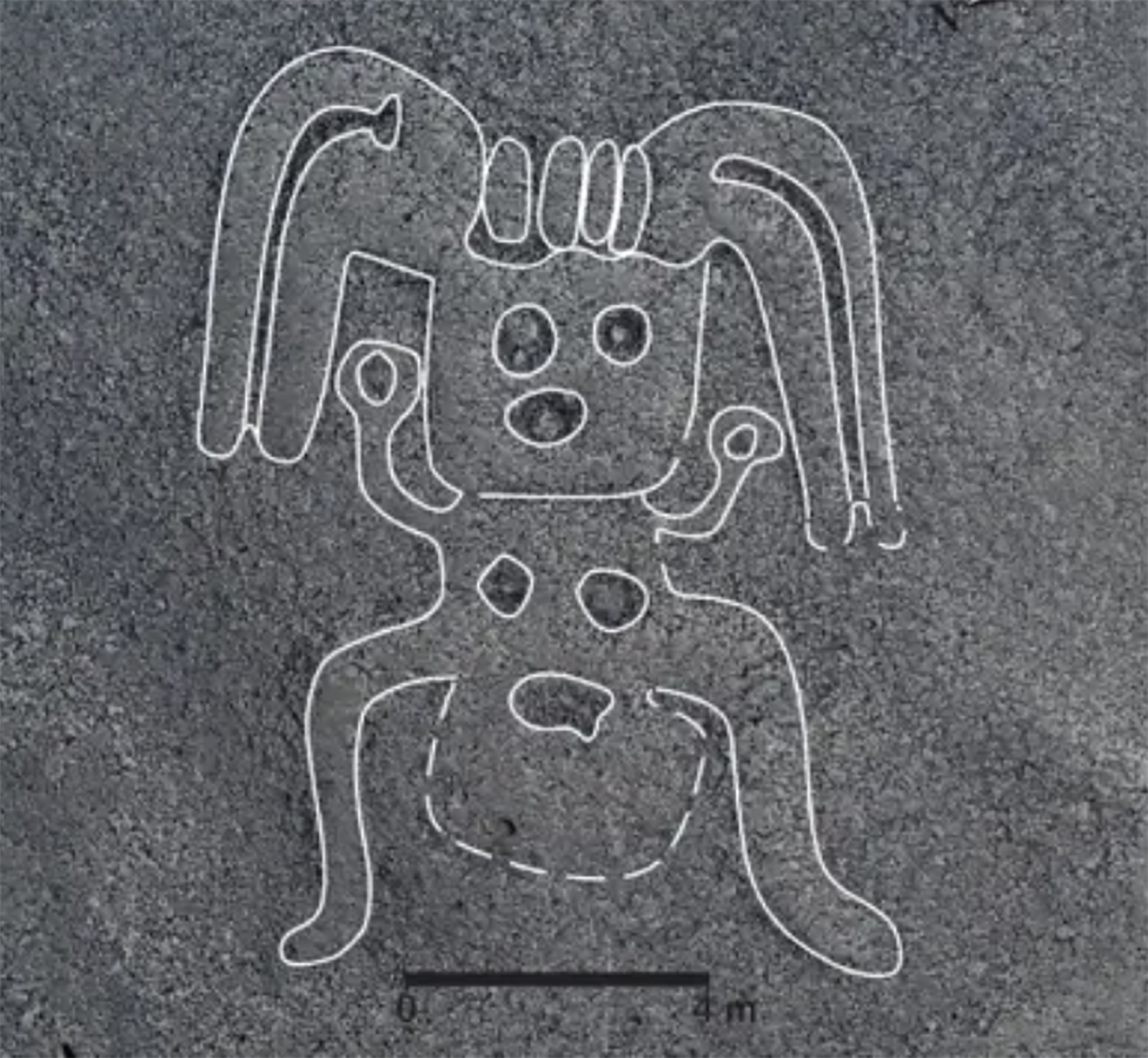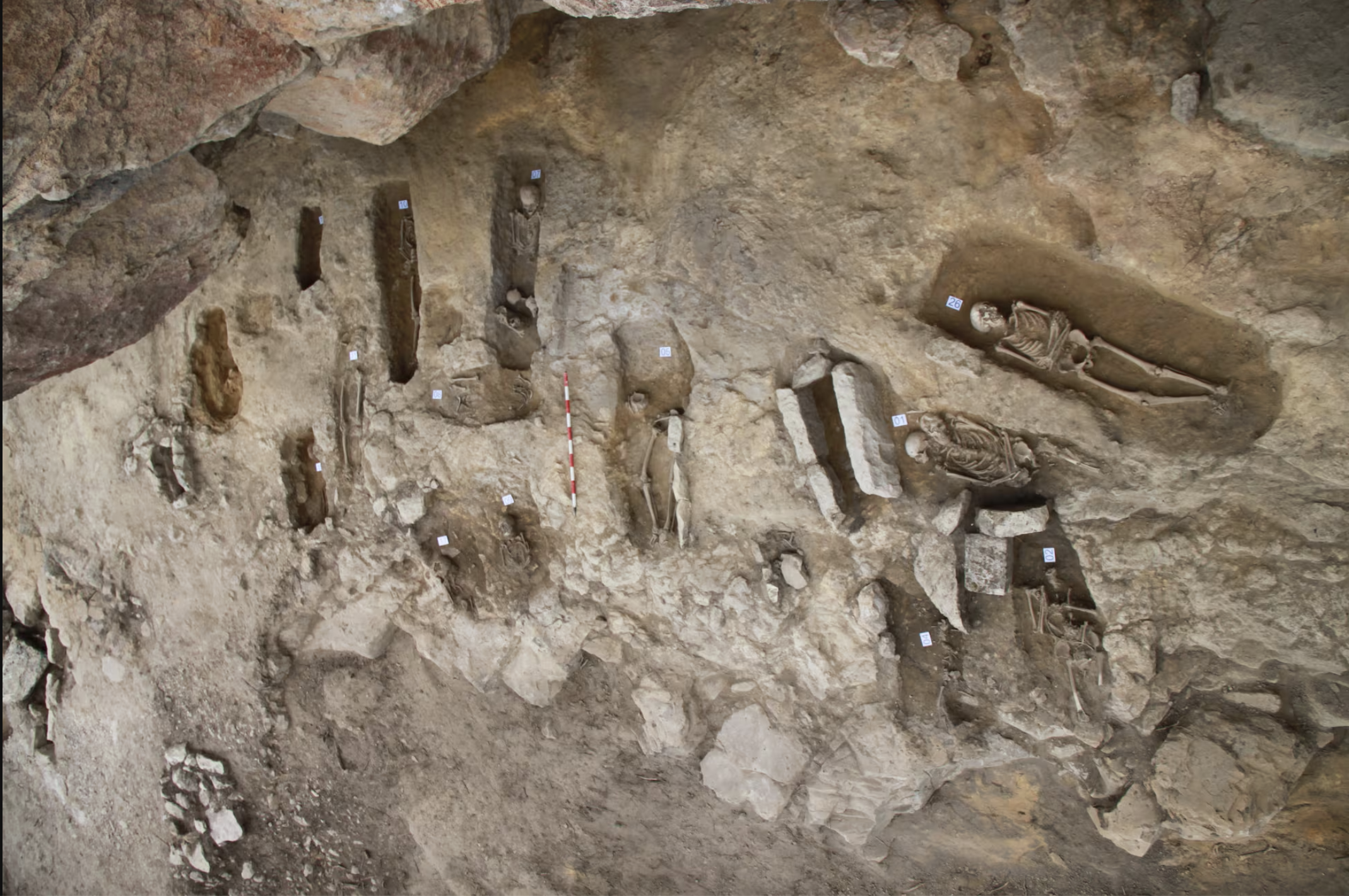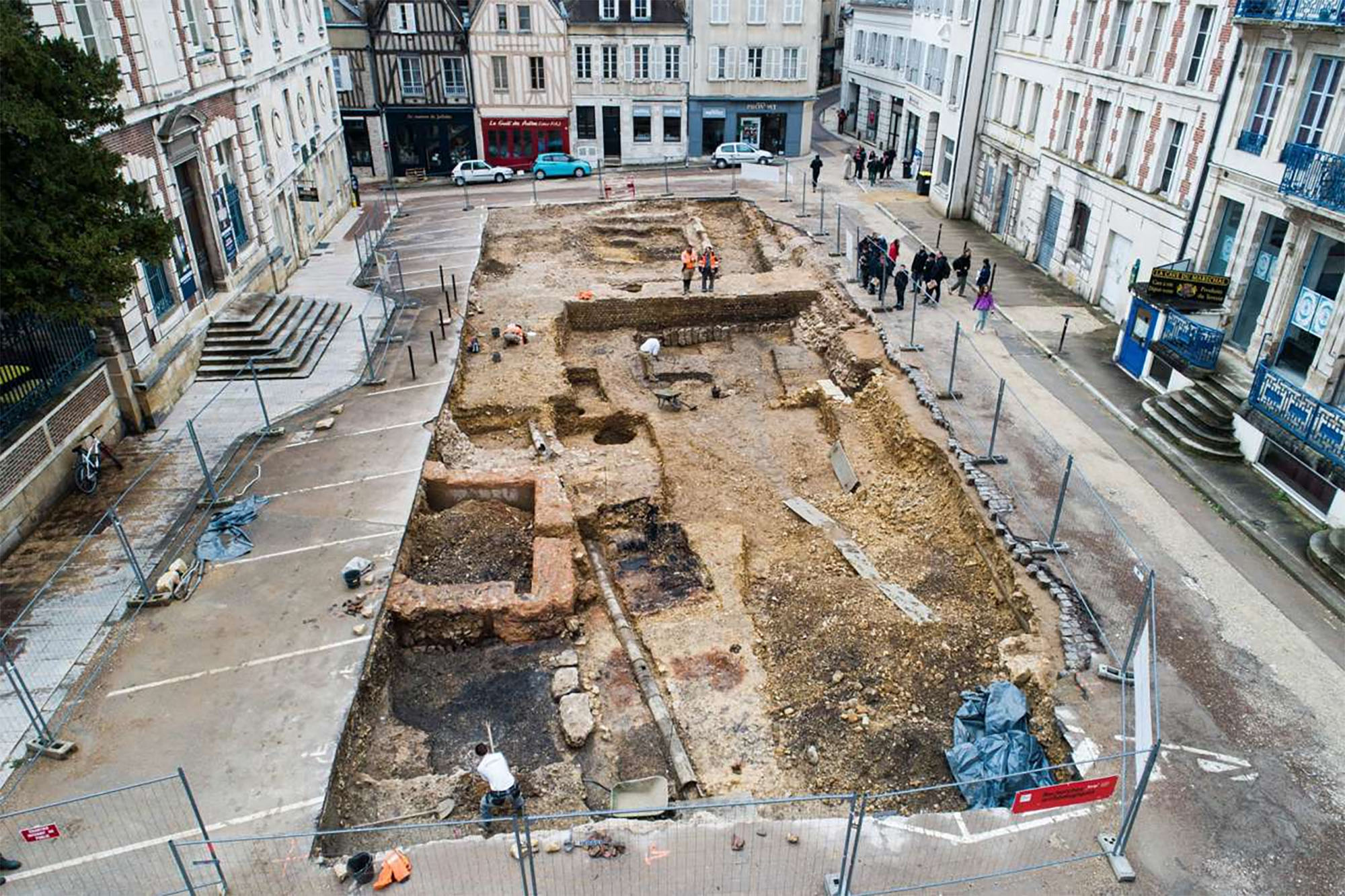Exposure of steles with Basque names in Highlands of Soria extends to 24 in Bergara
- On the tombstones of the 1st and 2nd centuries found in the excavations carried out in the region of Highlands of Soria (Spain) there are some ancient names in Basque. Some of the steles are exhibited at the Laboratorium Museum in Bergara until 24 January. In addition, the researcher and Commissioner Eduardo Alfaro will offer a conference on 22 January at the Kursaal Auditorium.

As from the 1970s, upon returning to the area of Soria (Spain) the inhabitants who emigrated in the previous decades, and as the region was repopulated, they began to find numerous steles of the Roman era. In total, about 40 tombstones have been found in excavations carried out in the Highlands of Soria region, most of them from the 1st and 2nd centuries, but also earlier ones.
The Highlands of Soria region is located in the northeast of the province of Soria, in the Ebro basin. In the Iron Age, Celtiberian culture dominated, and when it came to Romanization, local and Roman traditions were mixed, for example, in the workshops dedicated to the elaboration of epistolars.
(1).jpg)
Most of the headings of the tombstones found in the excavations are in Latin, but among the names of the dead are also those that can be in Old Basque. Until recently it was believed that they were Iberian names, but in the last decade they have been interpreted within the Basque Basque linguistic framework, the history of the current Basque country. In fact, one of the hypotheses is that pastors brought livestock to grazing the pastures of the area and thus mixed the populations.
As for the history of the Basque Country, the stellar headings of the Highlands of Soria region, which make up the largest set of Basque and Aquitarian anthropoponomia so far found in the south of the Pyrenees, are significant.
Eduardo Alfaro Peña, head of the Idoubeda Oros project, which investigates the archaeological heritage of Highlands, has researched these steles for two decades for his doctoral thesis. He will soon publish a book with the conclusions of the research, but in the meantime he has created an exhibition with the headstones and some of the conclusions obtained.
In 2019 the exhibition of all the steles was held in Santa Cruz de Yanguas, and now you can visit part of the sample in Bergara. The Laboratorium Museum in Bergara exhibits six tombstones, including the old headings in Basque, since the end of last October. In addition, Eduardo Alfaro himself has given several lectures on the subject. Despite the limitations of mobility, the groups of 15 people at the conferences organized so far have been completed immediately.
The sample, which was due to end in December, can be visited until 24 January and will last for one month. In addition, Eduardo Alfaro will offer a new conference on 22 January, at 17:30, at the Bergara Seminar. On this occasion, the capacity will be about 125 people and to attend as listeners it is necessary to register previously through the website of the Museum of Laboratories.
Aranzadi Zientzia Elkarteko Etnografia Sailaren zuzendari berria da Maite Errarte Zurutuza (Beasain, 1995), urrian Fermin Leizaolaren lekukoa hartu ondoren. Kultura materiala aztertzen jarraitzeko beharra azpimarratu du, gizartearen memoria eta bizimodu aldaketak erregistratzeko... [+]
Atapuercako aztarnategian hominido zahar baten aurpegi-hezur zatiak aurkitu dituzte. Homo affinis erectus bezala sailkatu dute giza-espezieen artean, eta gure arbasoek Afrikatik kanpora egindako lehen migrazioei buruzko teoriak irauli ditzake, adituen arabera.
Martxoaren 30erako Iruña-Veleia martxan, SOS Iruña-Veleia eta Euskeraren jatorria elkarteek manifestaziora deitu dute, Aski da! Argitu, ez suntsitu lelopean. Azken bi urteetan "hondeatzaileak sistematikoki eremu arkeologiko oso aberatsak suntsitzeko modu... [+]
Ethiopia, 24 November 1974. Lucy's skeleton was found in Hadar, one of the oldest traces of human ancestors. The Australian hominid of Australopithecus afarensis is between 3.2 and 3.5 million years old.
So they considered it the ancestor of species, the mother of all of us. In... [+]
While working at a site in the Roman era of Normandy, several archaeology students have recently made a curious discovery: inside a clay pot they found a small glass jar, of which women used to bring perfume in the 19th century.
And inside the jar was a little papelite with a... [+]
A team of researchers led by the Japanese archaeologist Masato Sakai of the University of Yamagata has discovered numerous geoglyphs in the Nazca Desert (Peru). In total, 303 geoglyphs have been found, almost twice as many geoglyphs as previously known. To do so, researchers... [+]
Treviño, 6th century. A group of hermits began living in the caves of Las Gobas and excavated new caves in the gorge of the Laño River, occupied since prehistory. In the next century, the community began to use one of the caves as a necropolis. In the 9th century they left the... [+]
On August 1, a dozen people from the family were in Aranguren. Two young people from Aranzadi made firsthand the excavations and works being carried out in Irulegi. This visit is highly recommended, as it reflects the dimension of the work they are doing.
Halfway, at the first... [+]
In the desert of Coahuila (Mexico), in the dunes of Bilbao, remains of a human skeleton have been found. After being studied by archaeologists, they conclude that they are between 95 and 1250 years old and that they are related to the culture of Candelaria.
The finding has been... [+]
The Roman city of Santakriz is an impressive archaeological site located in Eslava, near Sangüesa. Apparently, there was a fortified people of the Iron Age, and then the Romans settled in the same place. Juan Castrillo, himself a priest of Eslava, gave the site for the first... [+]
This winter the archaeologists of the INRAP (National Institute of Preventive Archaeological Research) have found a special necropolis in the historic centre of Auxerre (French State), a Roman cemetery for newborn babies or stillbirths. - Oh, good! The necropolis used between... [+]








